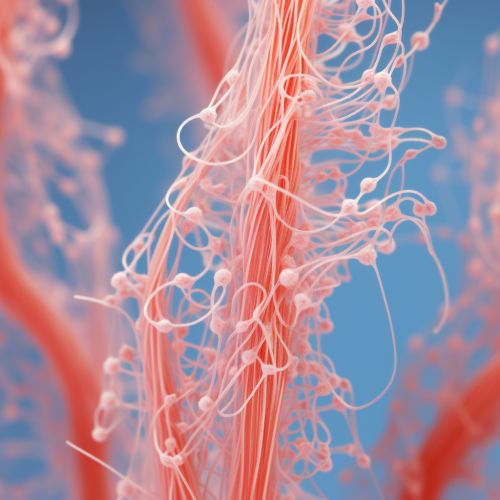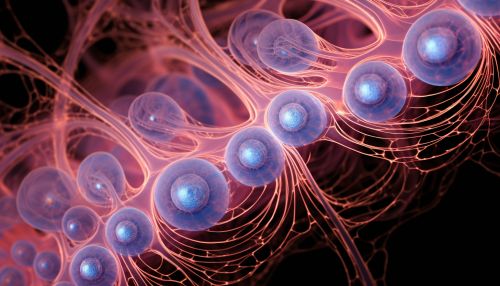Spermatogenesis in Mammals
Introduction
Spermatogenesis is the process by which sperm cells, or spermatozoa, are produced in the male body. This process takes place in the testes, specifically within the seminiferous tubules. Spermatogenesis is a highly regulated and complex process, involving the differentiation of primitive germ cells into mature spermatozoa. This process is crucial for sexual reproduction in mammals, as spermatozoa are necessary for the fertilization of the female egg, or ovum.


Stages of Spermatogenesis
Spermatogenesis can be divided into several distinct stages, each characterized by specific cellular events and transformations. These stages include spermatocytogenesis, meiosis, and spermiogenesis.
Spermatocytogenesis
Spermatocytogenesis is the first stage of spermatogenesis, and it involves the proliferation and differentiation of spermatogonial stem cells into primary spermatocytes. This process begins with the division of a spermatogonial stem cell, a type of undifferentiated germ cell, into two daughter cells. One of these cells remains a stem cell, ensuring a continuous supply of germ cells, while the other differentiates into a primary spermatocyte.
Meiosis
The primary spermatocytes then undergo meiosis, a type of cell division that results in four daughter cells, each with half the number of chromosomes of the parent cell. This is a crucial step in spermatogenesis, as it ensures that the resulting sperm cells have the correct number of chromosomes for fertilization. Meiosis in spermatogenesis is divided into two stages: Meiosis I and Meiosis II.
Meiosis I
In Meiosis I, the primary spermatocyte divides into two secondary spermatocytes. This is a reductional division, meaning that the number of chromosomes is halved. During this stage, homologous chromosomes pair up and exchange genetic material in a process known as recombination, which contributes to genetic diversity.
Meiosis II
In Meiosis II, each secondary spermatocyte divides into two spermatids. This is an equational division, meaning that the number of chromosomes remains the same. At the end of Meiosis II, each primary spermatocyte has given rise to four haploid spermatids.
Spermiogenesis
The final stage of spermatogenesis is spermiogenesis, during which the spermatids undergo a series of morphological and physiological changes to become mature spermatozoa. These changes include the formation of the acrosome, a specialized organelle that contains enzymes necessary for penetrating the egg, and the development of the flagellum, which provides motility.
Regulation of Spermatogenesis
Spermatogenesis is a tightly regulated process, controlled by a complex network of hormonal and cellular signals. Key hormones involved in the regulation of spermatogenesis include gonadotropin-releasing hormone (GnRH), luteinizing hormone (LH), and follicle-stimulating hormone (FSH). These hormones are produced by the hypothalamus and the pituitary gland and act on the testes to stimulate spermatogenesis.
Clinical Significance
Disruptions in spermatogenesis can lead to male infertility, a condition that affects approximately 7% of men worldwide. Conditions such as Klinefelter syndrome, cryptorchidism, and varicocele can impair spermatogenesis and result in a reduced sperm count or poor sperm quality. Understanding the mechanisms of spermatogenesis is therefore crucial for the development of treatments for male infertility.
